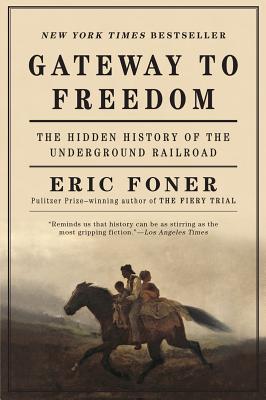Expedite your nonfiction book discovery process with Readara interviews, summaries and recommendations, Broaden your knowledge and gain insights from leading experts and scholars
In-depth, hour-long interviews with notable nonfiction authors, Gain new perspectives and ideas from the writer’s expertise and research, Valuable resource for readers and researchers
Optimize your book discovery process, Four-to eight-page summaries prepared by subject matter experts, Quickly review the book’s central messages and range of content
Books are handpicked covering a wide range of important categories and topics, Selected authors are subject experts, field professionals, or distinguished academics
Our editorial team includes books offering insights, unique views and researched-narratives in categories, Trade shows and book fairs, Book signings and in person author talks,Webinars and online events
Connect with editors and designers,Discover PR & marketing services providers, Source printers and related service providers

Gateway to Freedom: The Hidden History of the Underground Railroad
History > United States - 19th Century
- W. W. Norton & Company
- Paperback
- 9780393352191
- 8.2 X 5.5 X 0.9 inches
- 0.6 pounds
- History > United States - 19th Century
- (Single Author) Asian American
- English
Readara.com
Book Description
More than any other scholar, Eric Foner has influenced our understanding of America's history. Now, making brilliant use of extraordinary evidence, the Pulitzer Prize-winning historian once again reconfigures the national saga of American slavery and freedom.
A deeply entrenched institution, slavery lived on legally and commercially even in the northern states that had abolished it after the American Revolution. Slaves could be found in the streets of New York well after abolition, traveling with owners doing business with the city's major banks, merchants, and manufacturers. New York was also home to the North's largest free black community, making it a magnet for fugitive slaves seeking refuge. Slave catchers and gangs of kidnappers roamed the city, seizing free blacks, often children, and sending them south to slavery.
To protect fugitives and fight kidnappings, the city's free blacks worked with white abolitionists to organize the New York Vigilance Committee in 1835. In the 1840s vigilance committees proliferated throughout the North and began collaborating to dispatch fugitive slaves from the upper South, Washington, and Baltimore, through Philadelphia and New York, to Albany, Syracuse, and Canada. These networks of antislavery resistance, centered on New York City, became known as the underground railroad. Forced to operate in secrecy by hostile laws, courts, and politicians, the city's underground-railroad agents helped more than 3,000 fugitive slaves reach freedom between 1830 and 1860. Until now, their stories have remained largely unknown, their significance little understood.
Building on fresh evidence--including a detailed record of slave escapes secretly kept by Sydney Howard Gay, one of the key organizers in New York--Foner elevates the underground railroad from folklore to sweeping history. The story is inspiring--full of memorable characters making their first appearance on the historical stage--and significant--the controversy over fugitive slaves inflamed the sectional crisis of the 1850s. It eventually took a civil war to destroy American slavery, but here at last is the story of the courageous effort to fight slavery by practical abolition, person by person, family by family.
Author Bio
Eric Foner, DeWitt Clinton Professor Emeritus of History, specializes in the Civil War and Reconstruction, slavery, and 19th-century America. He is one of only two persons to serve as President of the Organization of American Historians, American Historical Association, and Society of American Historians.
He has also been the curator of several museum exhibitions, including the prize-winning "A House Divided: America in the Age of Lincoln," at the Chicago Historical Society. His book, The Fiery Trial: Abraham Lincoln and American Slavery won the Pulitzer, Bancroft, and Lincoln prizes for 2011. His latest book is Gateway to Freedom: The Hidden History of the Underground Railroad.
Professor Foner's new, free, online courses on THE CIVIL WAR AND RECONSTRUCTION will be available this academic year, beginning in mid-September, from Columbia University at ColumbiaX.
Education
Ph.D. — Columbia University, 1969
B.A. First Class — Oriel College, Oxford University, 1965
B.A. — Columbia College, 1963
Source: Columbia University
Videos










Community reviews
No Community reviews

